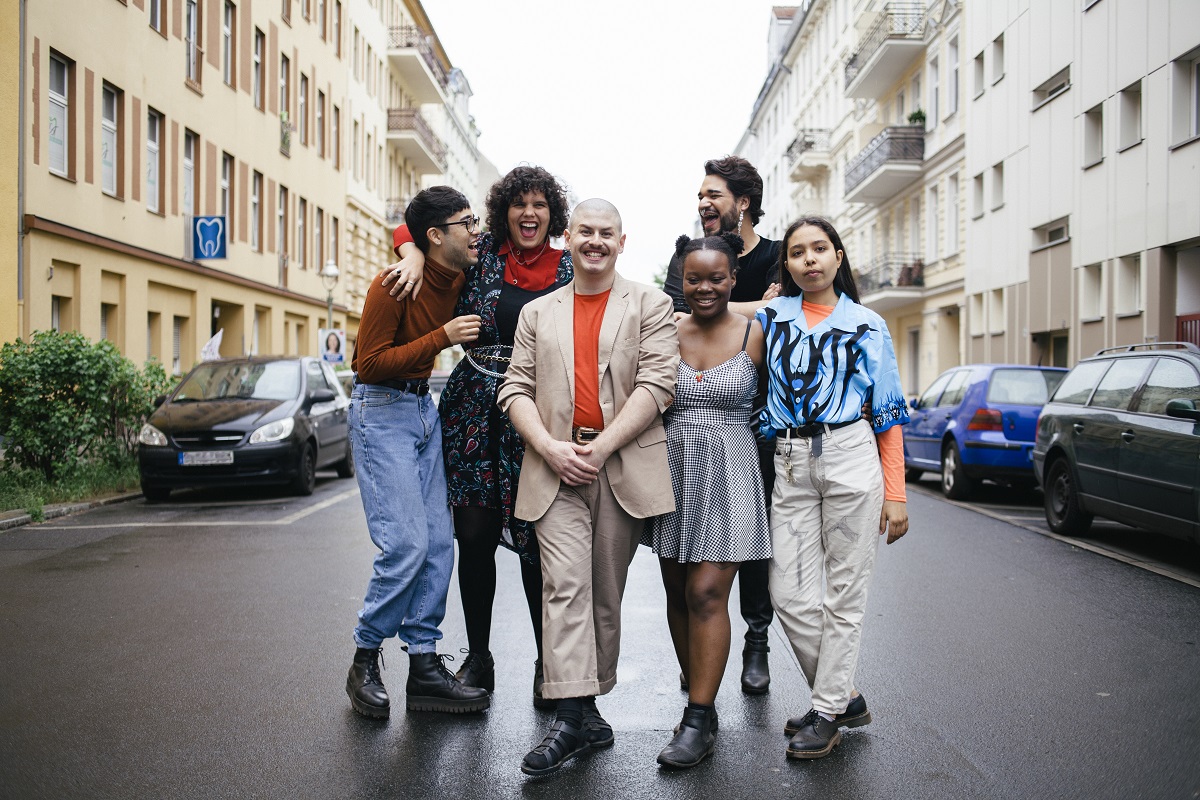Most of us have seen visuals in a piece of marketing that didn’t quite sit right. Whether it was a boardroom full of too-happy employees or a solo woman laughing into her salad, audiences can spot staged photoshoots fast. Inauthentic visuals miss an opportunity to connect with your audience and may even cause them to tune out.
But it gets trickier when paired with consumers’ expectations to see diverse representation. If the visuals aren’t capturing lifestyles and cultures that ring true, you risk looking like you’re just ticking a “diversity box.”
So what are audiences expecting from your visual communications? Why does it matter? And, crucially, what concrete steps can you take right now?
Expectations run deeper than surface-level diversity
A lot may be changing in the world, but consumers’ appetite for inclusive representation in advertising isn’t one of them. If anything, it may have grown.
Building on an initial round of research from January, Getty Images’ Visual GPS August update found that 80 percent of Asia Pacific respondents think companies need to show people with different body types. Meanwhile, 68 percent say it’s important that the companies they buy from celebrate diversity of all kinds. These numbers held steady or even increased slightly from January to August.
But that sort of diversity is necessary, not sufficient. Eighty-four percent of consumers believe that seeing people of various ethnicities, backgrounds and appearances represented in advertising isn’t enough – they also expect companies to do a better job of capturing people’s true lifestyles and cultures.
Not only is this consistent across both waves of our Visual GPS research, it’s an issue reflected in earlier studies. A 2019 study from Deloitte-owned agency Heat found that 92 percent of brands featured people of colour, but only 15 percent were culturally represented by more than skin colour.
Why does authenticity matter and what actions can you take?
Aiming for genuine representation isn’t just a social imperative, it’s a business one. And, while it’s true that younger generations tend to prioritise inclusivity and diversity, it’s inaccurate to frame the issue as exclusive to those groups. Our findings indicate that the majority of all demographics agreed on the importance of celebrating diversity.
Fortunately, there are practical steps and tools you can incorporate into choosing visuals. They aren’t just options for businesses with big budgets, either – small businesses have an advantage in that they can shift quickly without facing lengthy approval processes or consulting a board of stakeholders.
- Find the right storytellers. Capturing authentic lifestyles and culture often depends on finding photographers who document stories in a natural way. Getty Images prides itself on partnering with a diverse base of contributors across the world who work with subjects familiar to them, helping you choose from a larger pool of authentic-looking visuals.
- Know what to look for. Try to find relatable visuals that don’t reduce subjects to a single characteristic. Real people’s identities and lives are complex – they intersect across dimensions such as race, religion, gender, ability and sexuality. It’s not about simply including one of each, it’s about reflecting this multi-dimensionality in a way that feels genuine.
- Lean on tools and guides. Sometimes this comes down to the right search terms. Searching for “diversity” might yield overused imagery, so try to narrow results with searches like “Active + aging process.” There are a variety of guides and tools to assist with this, like Getty’s recently launched Inclusive Search Guide. It can help you find inclusive imagery and make intentional content choices, driving authentic representation in all visual communications.
- Be consistent. Our Visual GPS update found an uptick in consumers wanting to see an ongoing, consistent commitments to diversity (85 percent, up from 80). The key here is that consumers don’t just want one-off gestures.
- Think outside the photo. Demonstrating that commitment doesn’t end with the photography you choose. Visuals explaining your working practices reinforce values you’ve communicated elsewhere – even a simple illustration showing how you create your product or source your material can be effective.
The research is clear: consumers want to see diversity, and they don’t want to feel like businesses are ticking a box. Businesses who show they’re actively listening and can deliver the right content are the ones who will stand out.
Petra O’Halloran is creative research project manager at iStock by Getty Images

